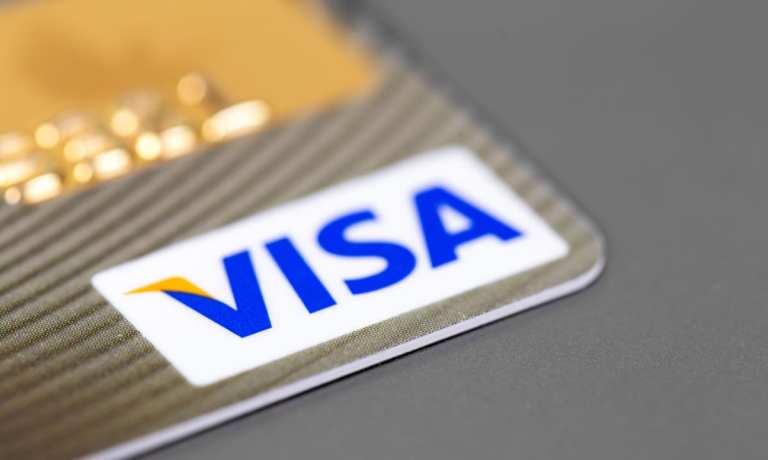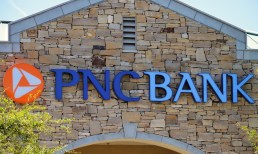The conversation followed the news this week that Visa Canada, in tandem with Scotiabank and CIBC, will offer installment payment options to their cardholders for online and in-person purchases. The option, in essence, will equip every Visa credit card with buy now, pay later (BNPL) options for all merchants that accept Visa card products.
Installment options will change the relationships the consumers and the merchants have at the final points of interaction in a transaction, he predicted. It’s an initiative in which application programming interfaces (APIs) leverage the full benefits of Visa’s decades of connections with issuers and the core business of banks (namely, issuing credit).
As Weiner told Webster: “We do connections very well, we do ecosystem very well — and we do global very well.”
The installment solution, he said, is built on simplicity and seamlessness, and it is designed to scale in partnership with issuers and FinTech providers around the world.
The Initial Rollouts
Advertisement: Scroll to Continue
At a high level, Scotiabank will be the first to debut the option, with Scotia SelectPay, beginning in August. Qualified Visa card customers can divvy up purchase they have made on the cards. The other bank, CIBC, will launch its installment options for eCommerce purchases at checkout beginning next year.
The installment offers, Weiner said, are “carved out” of existing credit lines that consumers have, tied to the cards that are already activated and “in play.”
And, because they are tailored to the individual applicants, he said, much of the “dread and uncertainty” of the approval process is removed. As he told Webster, with other options offered at the point of sale, “you never know until the terminal says yes or no whether you’re going to get it. In this case, you’re just making a decision as to whether or not you want to accept the [installment] offer.”
Installments are gaining traction in Canada, where adoption of that payment option is up 30 percent year over year and accounts for more than 1.7 trillion in Canadian dollars, Weiner said.
Visa’s more increased focus on offering installment payment options in the Canadian market comes on the heels of years of observations, stretching back to 2017. Interest was high among a cross section of consumers spanning all demographics — including Generation Z and millennials, where conventional wisdom has typically held that these younger cohorts don’t want to use credit cards. And, noted Weiner, older consumers, in Generation X and baby boomer segments, also were interested in installments as a payment option.
The Mechanics
In terms of mechanics, Weiner noted that in a store, a user simply has to present her Visa card at the point of sale (POS), and an offer to divide the purchase price into monthly installments will appear. There are no additional credit checks, forms or additional hardware required at checkout.
It is up to the issuer to set the terms and the offers served to the customer. Terms can vary from three months, six months, 12 months or the maximum 48-month term. Depending on the consumer’s available credit and other factors, terms can also vary significantly from individual to individual.
Merchants have an opportunity to weigh in and ultimately decide what offers the end customer sees.
“The issuer loads all of the [installment offers], but it is the merchant that looks at everything that’s been loaded in and what they want to present,” Weiner said.
That gives the merchant the ability to “ultimately filter out” what offers they want to extend to the end user and what they may wish to present to increase conversion, he said. It’s important because the BNPL model is proving to be a key determinant in whether merchants will make the sale.
The filtering mechanism, he said, can help merchants make their own offers with some flexibility where it might not make sense, for example, to offer a 15 percent annual percentage rate (APR) in order to buy a $100 pair of jeans. It may be the merchant’s choice to extend an offer that has no APR in a bid to make the sale. And in that case, it is the merchant who, in a way, pays.
“What [Visa does] on the back end is enable a clearing mechanism where the merchant would compensate the issuer for offering a zero percent term,” he said.
Weiner said that beyond CIBC and Scotia, the firm has been mulling partnerships with FinTechs that will want to adopt the Visa solution and embed it into their own payment offerings, in some cases for the purpose of settlement with their merchants, tied in part to their commercial prepaid cards.
Looking toward the respective CIBC and Scotia rollouts, he said, Visa expects to have “thousands of merchants onboard” beginning in the fall. But there will be an educational process involved that extends all the way down to the cashier level, and customers, too, as they tap their cards at a terminal in Montreal and must wait for the relevant installment offers to appear.
Changing the Relationship at the Terminal
The uptake may be reminiscent of the move to embrace contactless cards in which observation led to enthusiasm to try the contactless options and then make them a mainstay of everyday commerce. The initial adopters will be the digitally native consumers, predicted Weiner, but there will be a high degree of interest among a broad cross section of demographics.
“It’s a solution that’s built on simplicity and seamlessness,” he said, adding that “there are no forms to fill out, no new credit checks need take place. It’s all just baked right in. … the whole terminal environment is going to be transformed.”




